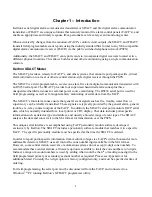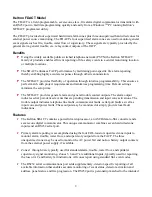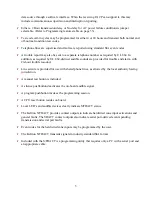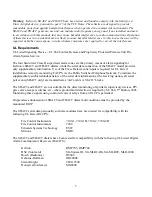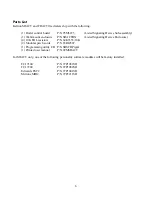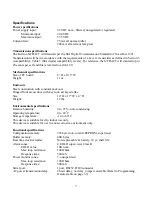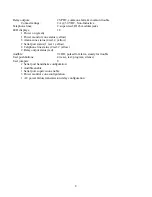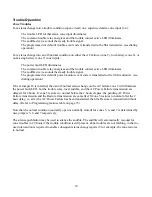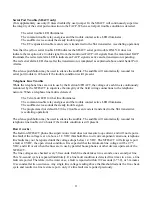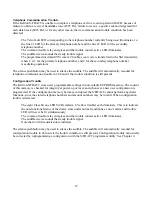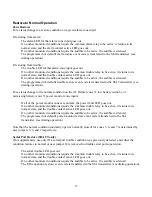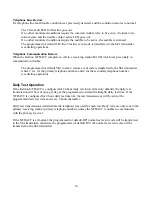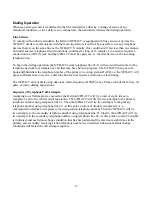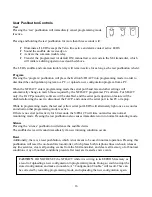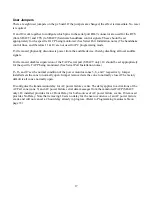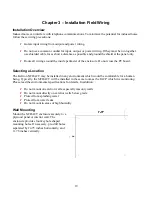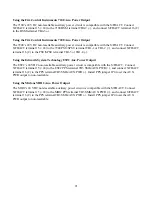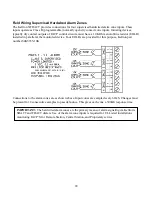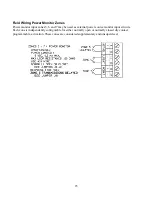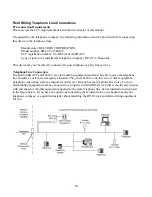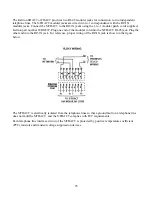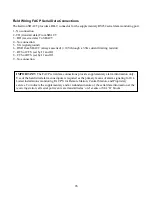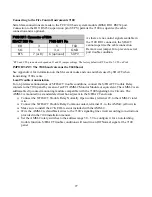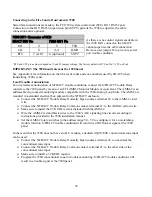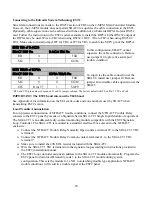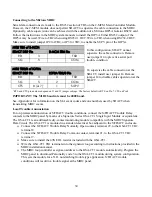
15
Dialing Operation
Whenever an event code is transferred to the SIA transmitter, either by a change of status of any
monitored condition, or for a daily test or manual test, the transmitter initiates the dialing operation.
Line Seizure
To comply with industry standards, the Keltron S/FDACT is equipped with line seizure. Any time the
S/FDACT needs to communicate with the receiving station, it will not be possible to use any telephone
devices that are on the same line as the S/FDACT. Normally, this condition will last less than one minute,
but under adverse telephone circuit conditions, could last as long as 15 minutes. Line seizure requires a
connection to an RJ31X jack and the S/FDACT must be upstream, i.e. the first device on the incoming
telephone line.
To begin the dialing operation, the S/FDACT seizes telephone line #1. It will wait sufficient time for the
telephone network to terminate any call that may have been in progress. The S/FDACT then goes off-
hook and blind dials the telephone number of the primary receiving station DACR, i.e. the S/FDACT will
pause sufficient time to receive a dial tone but does not require a dial tone to start dialing.
The S/FDACT always dials using dual-tone multi-frequency (DTMF) tones. Please consult the factory for
pulse or rotary dialing applications.
Sequence of Telephone Call Attempts.
Assuming no call attempts are successful, the Keltron S/FDACT will try a total of eight times to
complete a call to the central receiving station. The S/FDACT will first try two attempts to the primary
telephone number using telephone line #1. Then the S/FDACT will try two attempts to the primary
telephone number using telephone line #2. At this point a comm #1 trouble is indicated, i.e. a
communication failure to the primary receiving station telephone number. Then the S/FDACT will try
two attempts to the secondary telephone number using telephone line #1. Finally, the S/FDACT will try
two attempts to the secondary telephone number using telephone line #2. At this point a comm #2 trouble
is indicated, and each status change condition that has been attempted the maximum eight times to the
primary and secondary receiving station telephone numbers is discarded. Subsequent status change
conditions will restart the call attempt sequence.

